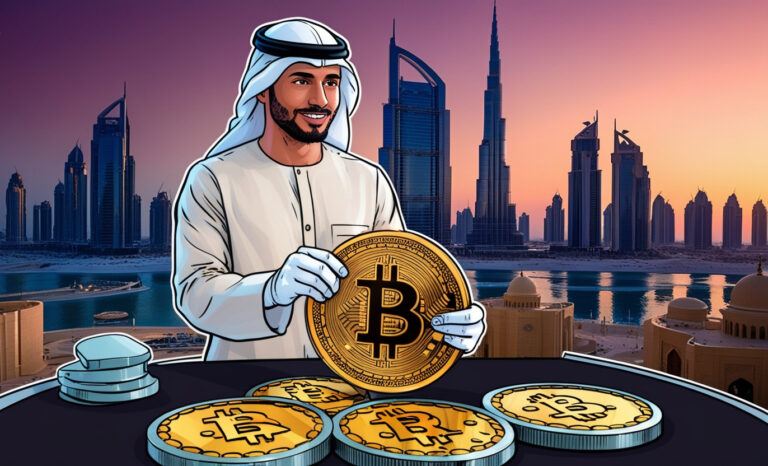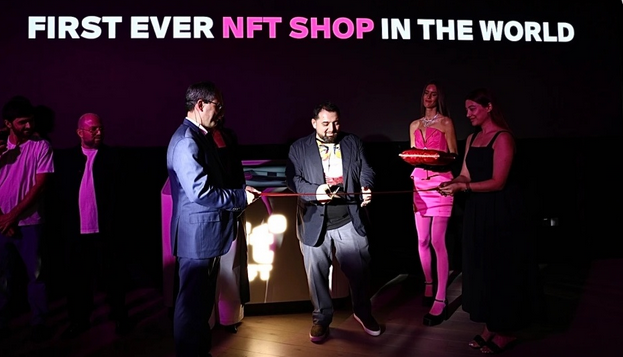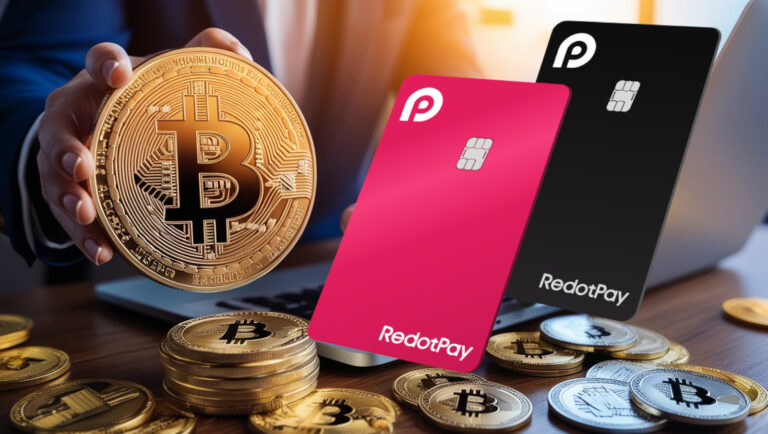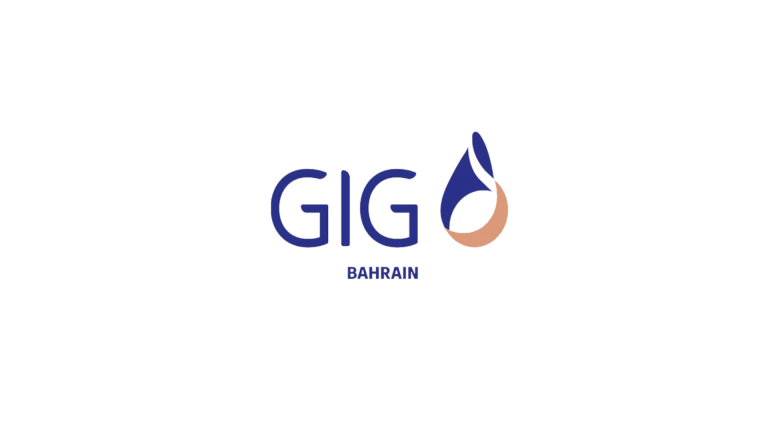Russia plans to introduce a stablecoin backed by gold for international trade.
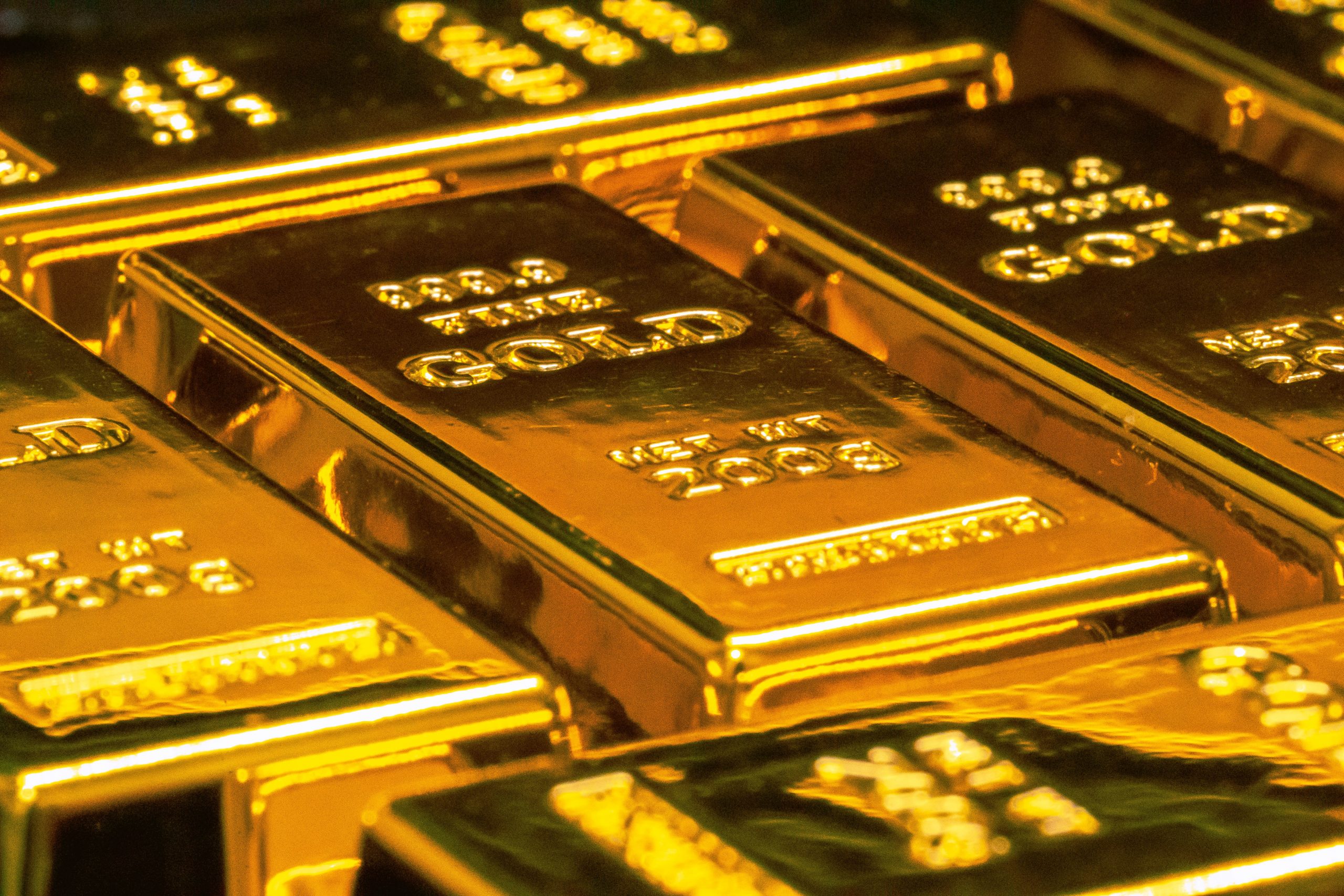
The dollar, the ruble, and the rial are all being replaced by a stablecoin that is being developed by the Central Bank of Iran in consultation with Russia.
The Astrakhan special economic zone (SEZ), where Russia has started to accept Iranian cargo, would be the operating location for the digital currency, which would be backed by gold. The SEZ was created to facilitate quicker delivery of goods from Europe via Iran to the Middle East and south Asia. It is located on a significant north-south transportation corridor in southern Russia.
“We discussed the issuance of stablecoins, digital financial assets (DFAs) backed by certain valuables. For example, I spoke about gold, gold bars, refineries can provide them, or centers where gold is stored, and DFAs are issued against these reserves,” the lawmaker explained after a visit by a Russian delegation to the Islamic Republic.
According to Aksakov, who was also quoted by the news agency Interfax, such a stablecoin can then be used as a means of exchange in transactions between Russia and Iran, for instance. He continued by saying that the Iranian side had expressed interest in the proposal.
These declarations follow the legislator’s claims that Iran has a sizable debt for goods supplied by Russia and that the value of its currency, the rial, is unstable. Due to the currency’s two rates of exchange with the US dollar, calculations involving Russian exports are made even more challenging.
Russian Digital Currency Backed by Gold First Proposed in 2019
Media reports about the potential introduction of a digital currency between Russia and Iran surfaced earlier in January of this year. The purpose of this is to promote trade in the Persian Gulf region. But Russia had previously stated its intentions to launch a gold-backed stablecoin in May 2019. Elvira Nabiullina, the governor of the Bank of Russia, and others participated in a meeting at Duman where it was first brought up.
Anatoly Aksakov remarked, “But these are rather not cryptocurrencies, perhaps so-called stablecoins,” while Nabiullina said the monetary authority is open to a stablecoin backed by a real asset. In a report issued in the summer of 2022 by the VEB.RF Institute for Research and Expertise, a suggestion for a “golden ruble” stablecoin was also included.
Russia and Iran have been looking into ways to use decentralized cryptocurrencies to get around restrictions on international trade after being pressured by Western sanctions. Iran made its first official import order using cryptocurrency in August last year, and Russia is moving to legalize cross-border cryptocurrency payments.
There are also plans to create a crypto rial and a digital ruble that are not backed by gold.
